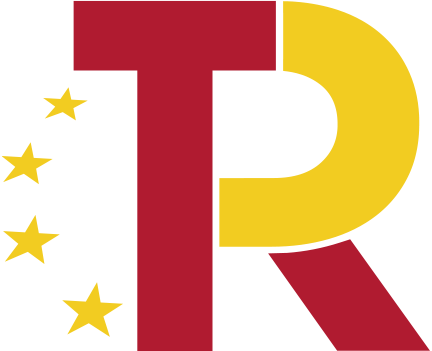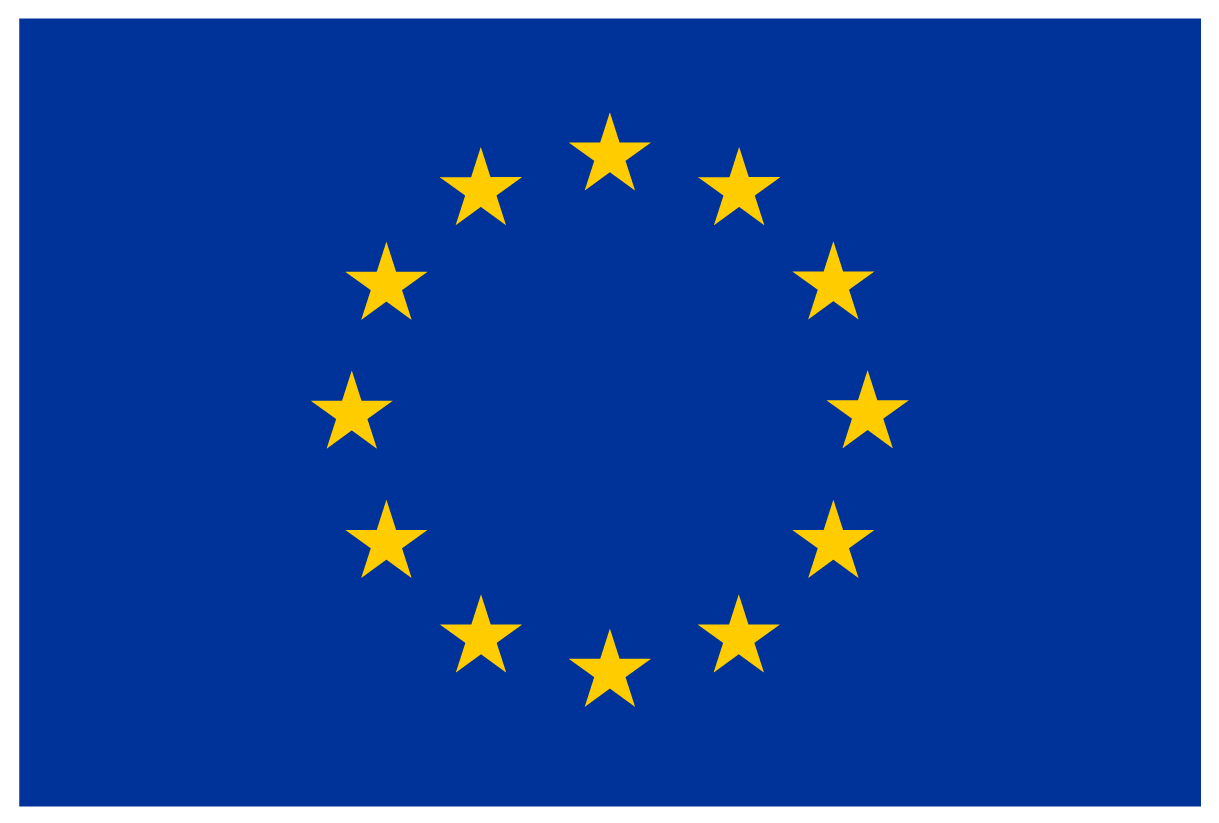Enrollment closed. Check out the microcredential website of University of Málaga to register. You can let us know your preferences by filling in the form below. Download our FAQ to know more about the course inscription.



Packaging and characterization of silicon photonic chips
University microcredential
Language: English
From July 7, 2025 to July 18, 2025
3 ECTS - 30 hours
Mode: Online and hybrid
The physical anatomy of a silicon chip creates a series of issues related to the injection and extraction of signals into and from the chip, both in the optical and electrical domains. This course aims to describe these problems, along with the most widespread solutions. It will cover low-frequency and high-frequency electrical interfaces, focusing on the challenges arising from the mismatch in the geometric dimensions of transmission lines inside and outside the chip and the high density of lines required.
Regarding the optical interface, difficulties also arise from the significant size difference between the modes in the integrated waveguides and the fundamental mode of an optical fiber. The course will cover the two most common solutions for coupling light to the chip: facet access using fibers terminated with lenses and grating couplers using cleaved fibers.
Next, two fundamental topics in any characterization station for non-connectorized silicon photonic chips will be addressed: thermal control of the chip and control of the excitation polarization, along with the analysis of the polarization of the response.
In the last two topics, the different subsystems that make up a non-connectorized chip measurement station are studied. The course will start with the measurement of insertion losses as a function of wavelength, followed by a description of optical antenna measurement systems, including near-field radiated power measurements and far-field radiation pattern characterization, which is often done by performing near-field measurements.
During practical sessions, students will adjust and align both types of systems and learn how to perform measurements with all three system types: facet access, grating access, and antenna measurements.
Lecturers
Invited speakers
Timeline
The course will start on July 7, 2025 and will end on July 18, 2025. The first week will be online lessons about concept and fundamentals, while the second week will focus on on-site laboratory exercises.

The courses will be funded for up to 10 students who meet the established academic requirements thanks to the Plan de Recuperación, Transformación y Resiliencia  and the NextGeneration EU
and the NextGeneration EU  . Deadlines will be opened to apply for these scholarships. A brief interview or exam may be conducted to gain a better understanding
of the applicant's background and motivations. The registration fee for the rest of the students will be 450 €.
. Deadlines will be opened to apply for these scholarships. A brief interview or exam may be conducted to gain a better understanding
of the applicant's background and motivations. The registration fee for the rest of the students will be 450 €.
Students who enroll in any microcredential must hold a bachelor’s degree in one of the following areas:
- Engineering (in any of its specialties).
- Physics.
- Chemistry.
- Mathematics.
In exceptional cases, students who are currently pursuing a bachelor’s degree in one of the aforementioned fields and still need to complete 30 ECTS (excluding the final degree project and external internships) may be admitted.
For this micro-credential it is recommended to have knowledge of RF circuit theory, including transmission lines and S-parameters.
Students who complete all the microcredentials (not necessarily in the same courses edition) will receive the Specialization Diploma in Integrated Photonics from the University of Málaga.
- Physical description of a photonic chip. Optical and electric interfaces.
- Electric interface: encapsulation techniques, access printed circuit boards for DC and RF.
- Optic interface: facet access versus grating access.
- Thermal control of the chip.
- Polarization control on swept systems.
- Insertion loss measurement setups for non-pigtailed photonic chips. Computer control and data acquisition.
- Measurement setups for integrated radiating devices (optic antennas).
- Near field power measurement.
- Near field measurement of the far field radiation pattern.
The professional software ANSYS ACADEMIC LUMERICAL MULTIPHYSICS will be available for students to perform the laboratory exercises proposed in the different microcredentials from their own computers. This software is widely used by companies in the sector and research centers for modeling, simulation, and design of integrated optical devices.